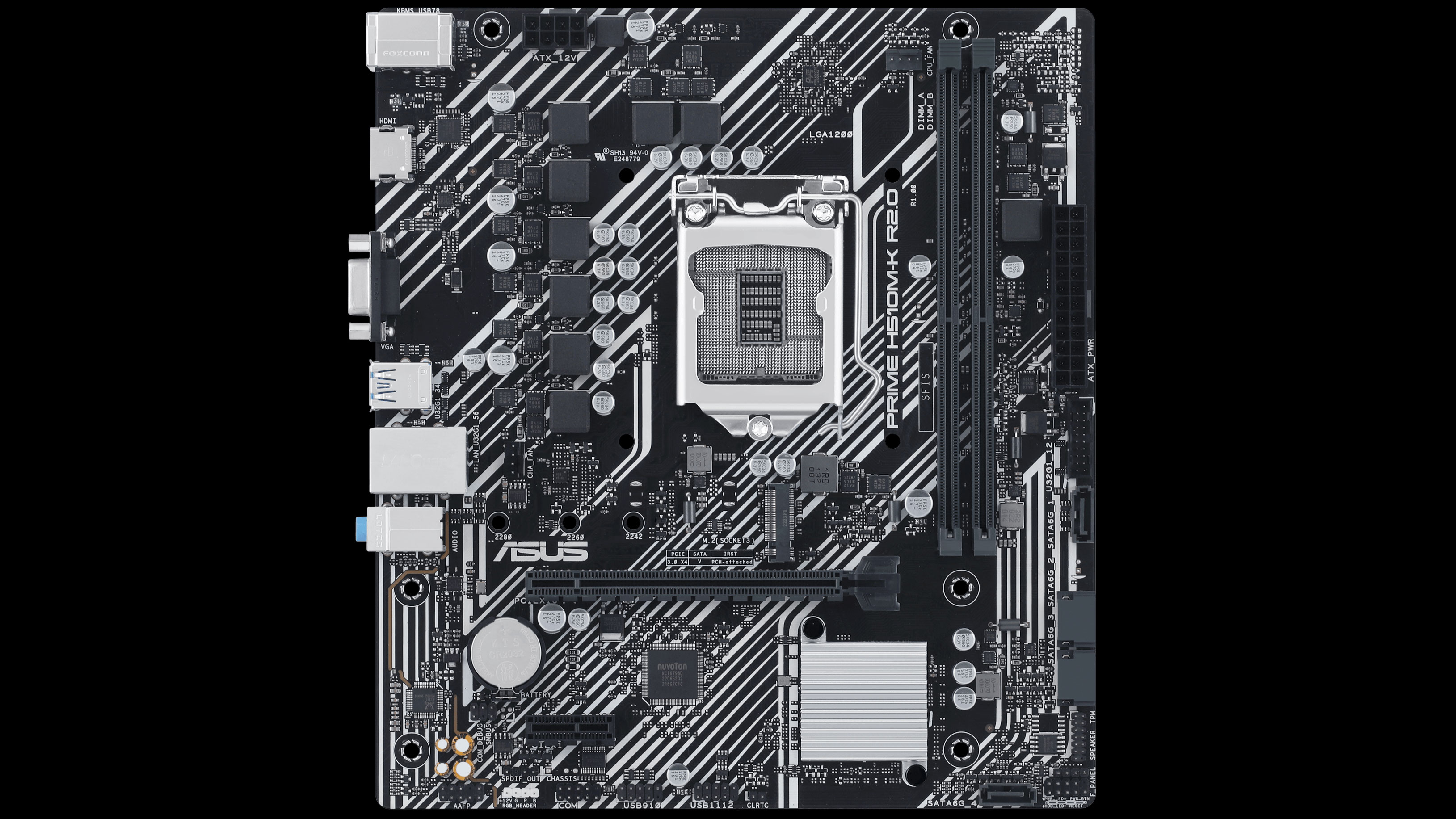
Intel's LGA1700 platform has been on the market for a couple of years, but there is still some demand for the previous LGA1200 platform. In addition, as tipped by momomo_us, Asus has quietly released three new H510 motherboards. Although Asus advertises the trio of motherboards as H510, they employ the prior H470 chipset.
It's not a novelty that motherboard manufacturers repurpose older chipsets into new products or vice versa. It's a practice that dates back some time. There are many reasons for recycling chipsets. Sometimes the original product was designed with a specific chipset in mind but said chipset had reached end-of-life (EOL) status. Therefore, the vendor has to replace it with another. At other times, a vendor may have an excess of outdated chipsets that the company has to offload somehow.
Regarding the H-series chipset, in particular, Intel doesn't always refresh it with every generation unless there's a specific need for the action. Take the latest Intel 700-series chipsets and 13th Generation Raptor Lake processors, for example. In addition, the chipmaker has launched the Z790, H770, and B760 chipsets for enthusiasts and mainstream consumers. Intel may or may not release the H710 chipset, but it wouldn't matter since the H610 chipset-based motherboards support Raptor Lake with a simple firmware upgrade.
Despite their model names, the Prime H510M-K R2.0-CSM, Prime H510M-F R2.0, and Prime H510M-K R2.0 motherboards from Asus employ the H470 chipset. It's not a bad trade-off in reality. Although the H510 chipset is newer, the H470 chipset offers a superior feature set. For instance, the H470 supports more DIMMs per channel and RAID arrays and provides a greater amount of PCIe lanes, USB ports, and SATA III ports.
Recycling chipsets is a two-way street. While Asus deployed an older chipset in a more recent product, Gigabyte did the reverse. The motherboard maker slipped the H510 chipset into some of the brand's H410 motherboards, such as the H410M S2 V3 or the H410M DS2V V3. Gigabyte's swap makes more sense since both chipsets cost the same ($28) and offer practically the same features. The difference between the two chipsets is that H510 supports Wi-Fi 6, while H410 supports Intel Virtualization Technology for Directed I/O (Intel VT-d).
Intel's H-series chipsets cater to budget motherboards, so they are very limited in features compared to the B-series or K-series counterparts. However, given the segment in which H-series motherboards compete, many consumers wouldn't know or don't care if the motherboard is on a different chipset than advertised as long as it gets the work done.







